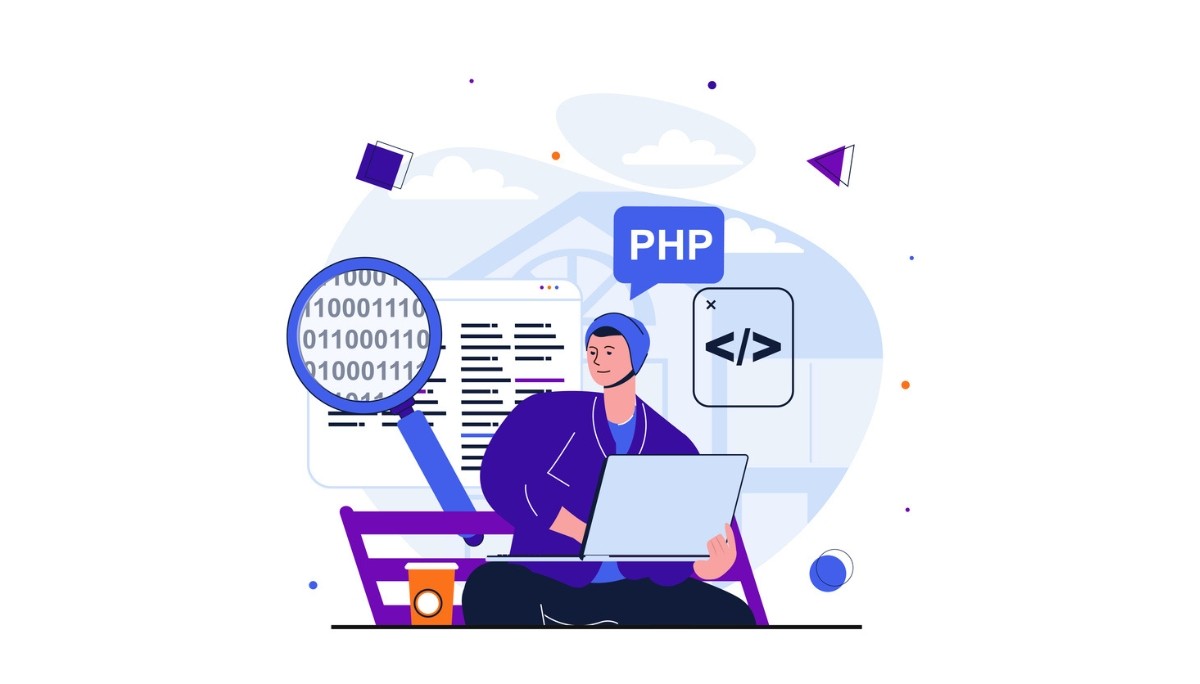Make Better Hiring Decisions with Tools and Decision-Making Templates
By
Ethan Fahey
•
Jul 29, 2025
Strong decision-making skills are a must-have when it comes to tackling the complex choices we all face, whether in business or day-to-day life. Being able to weigh your options clearly, think critically, and sidestep common mistakes can make a big difference in your outcomes. In this article, we’ll break down what makes an effective decision-maker and share practical strategies to sharpen those skills. Tools like Fonzi AI can play a key role here too, helping recruiters and teams make faster, data-backed hiring decisions that align with both ethical standards and long-term business goals.
Key Takeaways
Strong decision-making skills encompass analytical, creative, collaborative, and leadership components, essential for effective problem-solving.
Utilizing structured decision-making processes like rational, intuitive, and creative models can enhance the quality and speed of decisions.
Employing decision-making tools such as decision matrices, SWOT analysis, and cost-benefit analysis empowers organizations to make informed and efficient hiring choices.
Understanding Decision-Making Skills

Decision-making in psychology refers to the cognitive process of selecting a belief or action among alternatives. This skill is crucial for company success and effective problem-solving, as it enables individuals to assess facts and understand both their current and goal states to make the best choices. Employers highly value individuals with strong decision-making skills because they provide practical solutions to problems and avoid common traps such as analysis paralysis.
Effective decision-makers evaluate facts, understand their current and goal states, and weigh their options to make an informed decision, avoiding traps like analysis paralysis in this article. Additionally, they analyze their emotions and the information at hand to achieve a comprehensive form of understanding, leading to a final decision through seven steps, ultimately guiding them to the right decision and positive potential outcomes.
Good decision-making is based on accurate data and effective use of decision-making tools. These skills are essential for making informed and rational decisions.
Key Components of Decision-Making Skills
Strong decision-making skills are built on four key components:
Analytical skills: enabling individuals to gather and assess information
Creative skills: generating innovative solutions
Collaborative skills: integrating diverse perspectives
Leadership skills: guiding teams towards unified decisions
Each of these components plays an important part in the decision-making process.
Analytical Skills
Analytical skills involve collecting and assessing information to make fact-based decisions. They help individuals evaluate facts, interpret patterns, and propose logical solutions, enhancing decision quality. Analytical decision-makers systematically assess complex problems and draw conclusions based on data.
In hiring, analytical skills are crucial for defining requirements and assessing candidates. Logical thinking and thorough evaluation enable hiring managers to make informed decisions about the best candidates for their organization.
Creative Skills
Creativity and original thinking are vital for innovative solutions in decision-making. Creative skills allow individuals to generate novel ideas and rethink traditional approaches to problems, encouraging out-of-the-box thinking. This ability to create innovative solutions is essential for effective problem-solving and adapting to new challenges.
In hiring, creative skills can develop unique interview questions or assessment methods to reveal candidates’ true potential. Fostering creativity encourages teams to innovate and make better decisions.
Collaborative Skills
Collaborative skills enhance decision-making by integrating diverse perspectives and solutions through teamwork. Involving different viewpoints enriches decision-making processes, leading to better solutions.
In a collaborative decision-making model, brainstorming and teamwork inspire innovation and lead to more effective problem-solving, influenced by group dynamics. This approach is particularly useful in complex situations where diverse perspectives can provide valuable insights and lead to more informed decisions and possible solutions.
Leadership Skills
Leadership skills enable leaders to consider team perspectives and promote individual contributions. Effective leaders guide discussions to ensure all opinions are considered, galvanizing team input towards a unified choice for informed decisions.
Leadership can be demonstrated without being in a managerial position by sharing ideas and speaking up. By empowering individuals to guide teams towards a unified decision while ensuring all voices are acknowledged, leadership skills can significantly enhance the decision-making process.
Decision-Making Processes

Effective decision-making involves evaluating different options and gathering relevant data. The process includes collecting information, assessing alternatives, and making choices.
Different decision-making models provide structured approaches to arriving at effective decisions, helping decision-makers make the best choices possible.
Rational Decision-Making Model
The rational decision-making model emphasizes systematic analysis and logical reasoning. This model is particularly effective in complex situations where data is abundant, as it involves a logical and sequential approach to decision-making. Analytical skills play a crucial role in this model, enabling individuals to systematically evaluate complex problems and propose logical solutions.
Within the rational decision-making model, it’s important to consider a wide range of viewpoints with little bias and critically assess information validity. Identifying and challenging personal biases leads to more rational and unbiased decisions.
Intuitive Decision-Making Model
Intuitive decision-makers often draw on their accumulated experiences to guide their choices. This decision tree model can lead to quick decisions in high-pressure situations, making it useful when time is of the essence and immediate action is required.
Creative Decision-Making Model
The creative decision-making model involves collecting information and insights, generating potential solutions without active thought. This model is best used in an iterative process for testing and adapting solutions, relying on the subconscious for decision-making. Unlike the rational decision-making model, it does not focus on pros and cons but rather on generating innovative solutions.
This approach is particularly useful in environments that require innovative thinking and flexibility. By fostering a culture of creativity, organizations can encourage their teams to come up with novel solutions and make better decisions.
Tools for Effective Decision Making

Decision-making tools assist in the phases of determination, analysis, evaluation, selection, and assessment within the decision-making process. These tools help decision-makers gather relevant information, assess alternatives, and make informed decisions based on structured evaluation criteria.
Decision Matrix
A decision matrix is a tool for comparing options using criteria and weights in a numerical format. Decision matrices include:
Tables with multiple columns for options and factors influencing the decision
Allowing users to evaluate options objectively and balance factors like cost, quality, and reliability
Factors ranked by importance
Scores assigned for each option
This helps users compare multiple options based on ranked alternative factors and scores for each choice using Pareto analysis.
This tool is particularly useful when dealing with multifaceted decisions involving numerous factors. A decision matrix helps decision-makers objectively evaluate options and determine the best course of action.
SWOT Analysis
SWOT analysis is a method used to assess strengths, weaknesses, opportunities, and threats to inform strategic decisions. This tool assesses internal strengths and weaknesses, as well as external opportunities and threats, helping decision-makers maximize strengths and opportunities while minimizing weaknesses and threats.
SWOT analysis is most commonly used during strategic planning to inform decisions and strategies, identifying both internal and external elements that influence strategic decisions. SWOT analysis allows organizations to identify the disadvantages and advantages of potential choices, leading to more informed decisions.
Cost-Benefit Analysis
The purpose of a cost-benefit analysis is to evaluatethe costs and benefits of options to maximize profit. Key elements of a cost-benefit analysis include:
Financial metrics
Intangible benefits and costs
Opportunity costs. These elements help decision-makers systematically evaluate both tangible and intangible costs against benefits.
A company should evaluate whether the benefits of a project exceed the costs. If the benefits are greater, it is worth pursuing the project. Cost-benefit analysis helps decision-makers identify the most profitable option and make informed decisions to maximize organizational value.
Applying Decision-Making Skills in Hiring

Effective decision-making skills help hiring managers select candidates who align with company objectives. These skills enhance recruitment by enabling informed choices, leading to better hiring decisions.
Identifying Hiring Needs
Recognizing hiring needs ensures that recruitment aligns with business goals and future capacity demands. Establishing clear hiring goals is crucial for determining the specific skills and qualifications needed, allowing organizations to identify the best candidates for their needs.
Screening Candidates
Candidates should demonstrate decision-making based on actual information during interviews. Evaluating these skills is crucial for determining their qualifications and fit for the role.
Candidates should avoid discussing merely being part of a decision when demonstrating decision-making skills.
Structured Interviews
Implementing structured interviews helps ensure fairness and consistency, reducing bias in the hiring process. By standardizing the assessment criteria and questions, structured interviews enhance the consistency and fairness of hiring decisions.
Enhancing Decision-Making Skills

Effective decision-making skills are pivotal for personal growth and professional advancement, aiding in avoiding hasty choices and overcoming analysis paralysis. Businesses can enhance decision-making abilities by equipping employees to make better decisions and fostering a culture of continuous improvement.
Start Slow
Starting slowly in decision-making allows for careful consideration of all factors. Focusing on taking time to thoroughly evaluate options enhances decision quality and minimizes the risk of overlooking critical factors.
Consider All the Facts
Assessing available information is crucial for decision-making. Effective decision-makers consistently search for evidence to inform their choices and identify external factors that may influence judgment.
Challenging these biases is necessary to ensure effective and rational decision-making.
Seek Diverse Perspectives
Asking for help in decision-making provides new perspectives and different problem-solving methods. Seeking diverse perspectives can significantly enhance decision-making by providing access to different viewpoints and experiences, which can lead to more informed and balanced decisions.
Reflect on Past Decisions
Reflecting on past decisions helps identify mistakes and patterns, improving future decision-making skills. Analyzing previous decisions allows individuals to recognize areas for improvement, leading to better future decisions.
Making Better Hiring Decisions with Tools and Templates
Recruitment tools facilitate the hiring process by allowing employers to organize applications and automate candidate communications. For example, Applicant Tracking Systems (ATS) help filter applications to match job requirements, streamlining the review process. Mobile-friendly recruitment tools make it easier for candidates to apply for jobs from their smartphones, enhancing the candidate experience.
To help you make better hiring decisions, we’ve compiled a table of useful tools and templates:
Tool/Template | Purpose | Benefits |
Applicant Tracking System (ATS) | Organize and filter applications | Streamlines the review process and matches job requirements |
Onboarding Software | Automate induction for new hires | Enhances initial experience and integration for new employees |
Augmented Writing Software | Refine job postings | Attracts suitable candidates by suggesting effective wording |
Chatbots | Engage with job seekers | Improves candidate interaction by answering queries and scheduling interviews |
Pre-hire Assessments | Evaluate candidate skills | Provides objective measures of candidates’ qualifications and compatibility |
By using these tools and templates, hiring decision-makers can enhance the efficiency and effectiveness of their recruitment process, ultimately leading to better hiring decisions.
Summary
Strong decision-making skills are key to thriving both personally and professionally. When you understand what goes into making a smart decision, whether it’s choosing between candidates or evaluating a project direction, you’re better equipped to act confidently and strategically. Exploring different decision-making models and using the right tools can help you stay objective and focused. In the hiring space, this becomes especially valuable. Platforms like Fonzi AI give recruiters and hiring managers powerful insights, helping streamline complex decisions with data-driven support. By embracing these strategies and tools, you’ll make smarter choices that drive better outcomes for your team and organization.




